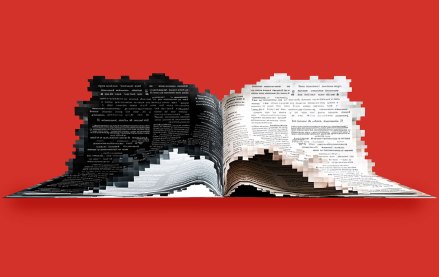CTV Advertising Strategies:
Insights from CTV leaders at Dentsu, Horizon Media and more
There are many things the ad world doesn’t know about iPad ads. One of them is how they’ll perform. It turns out pretty well.
Rich-media mobile ad platform Medialets stats for 1,200 campaigns run in January and February show how application ads on the iPad do relative to the campaigns it runs on smartphones. IPad in-app interstitial campaigns generated an average engagement rate of 11 percent and a 4 percent click-through rate.
That’s similar to the 10 percent engagement rate for in-app interstitial campaigns on smartphones like the iPhone. The click rate is much higher than the 1 percent click rate on phones. Medialets CEO Eric Litman hypothesizes this is because the early iPad advertisers are more likely to have sites for iPad versus mobile-specific sites. (He adds that click-through rate is generally a terrible metric for brand-focused campaigns of the type Medialets runs.)
It stands to reason the engagement rates will come back to earth for mobile ads once the novelty wears off. New ad formats are known to draw higher engagement rates initially before tailing off.
Litman, however, disputes this on the theory that mobile is a far more powerful ad platform than the desktop Web because users can touch the media and the creative canvas is broader.
“There may be some nominal decline but my sense is there’s a difference in how people use these devices,” he said.
The question remains how well Apple’s iAds perform. The evidence so far is scant. Campbell’s had Nielsen conduct a study of its iAds campaign, finding it outperformed TV on brand recall. The caveat: Apple funded the study.
More in Media

Digiday+ Research: Publishers pull back their dependence on digital revenue
July 9, 2025
After a year in which publishers shifted their revenue dependence away from traditional channels and toward digital channels, 2025 has seen a shift back toward more of a balance between traditional and digital revenue sources.

LinkedIn makes it easier for creators to track performance across platforms
July 8, 2025
Creator data is becoming more accessible to third-party vendors via a new API — another step in LinkedIn’s creator platform evolution.

Ad Tech Briefing: The ‘plumbers’ posing as the unlikely saviors of the internet
July 8, 2025
After several false dawns, can Cloudflare’s ‘anti-AI scraping tool’ finally offer publishers a road to commercial redemption?





